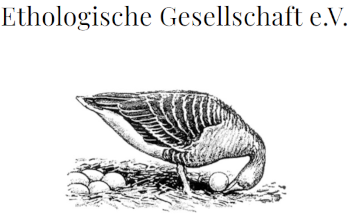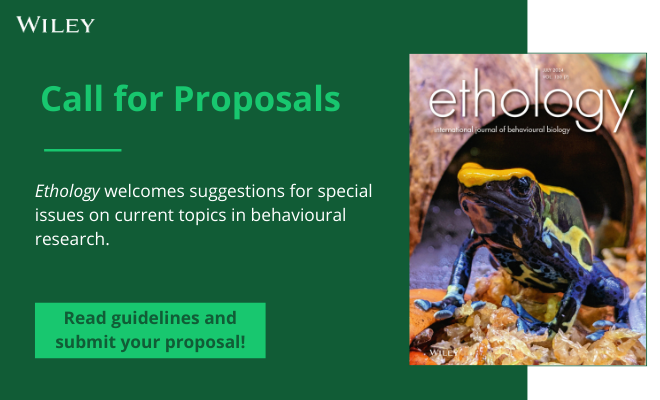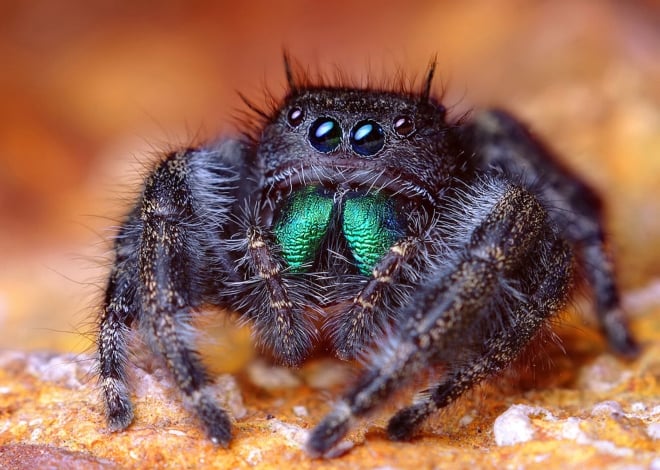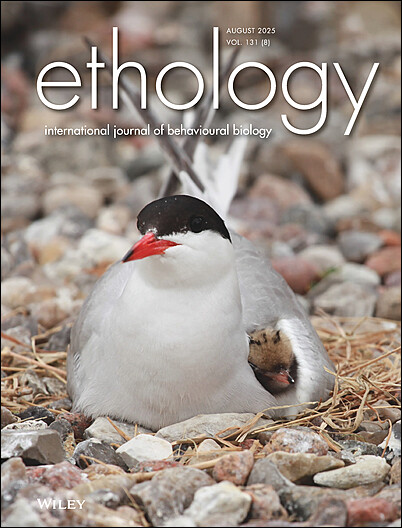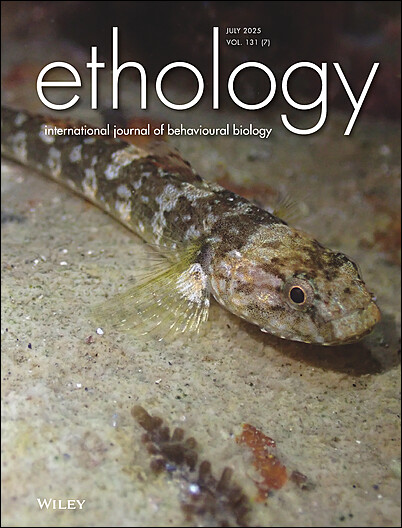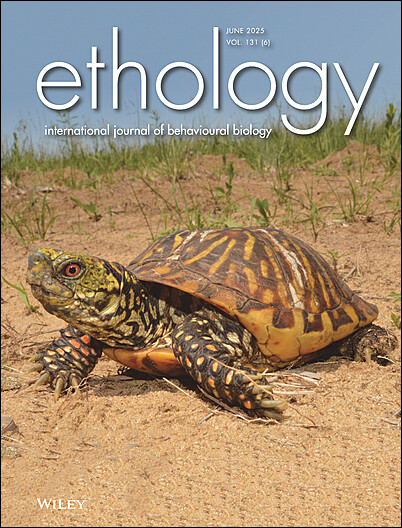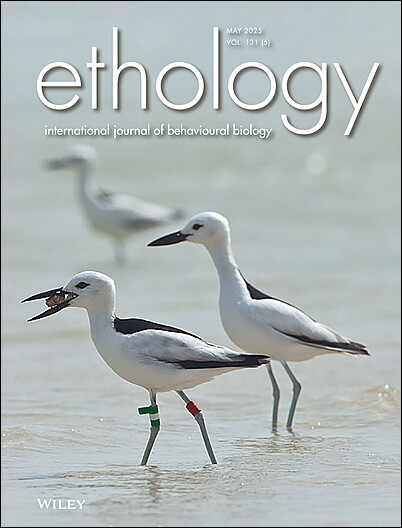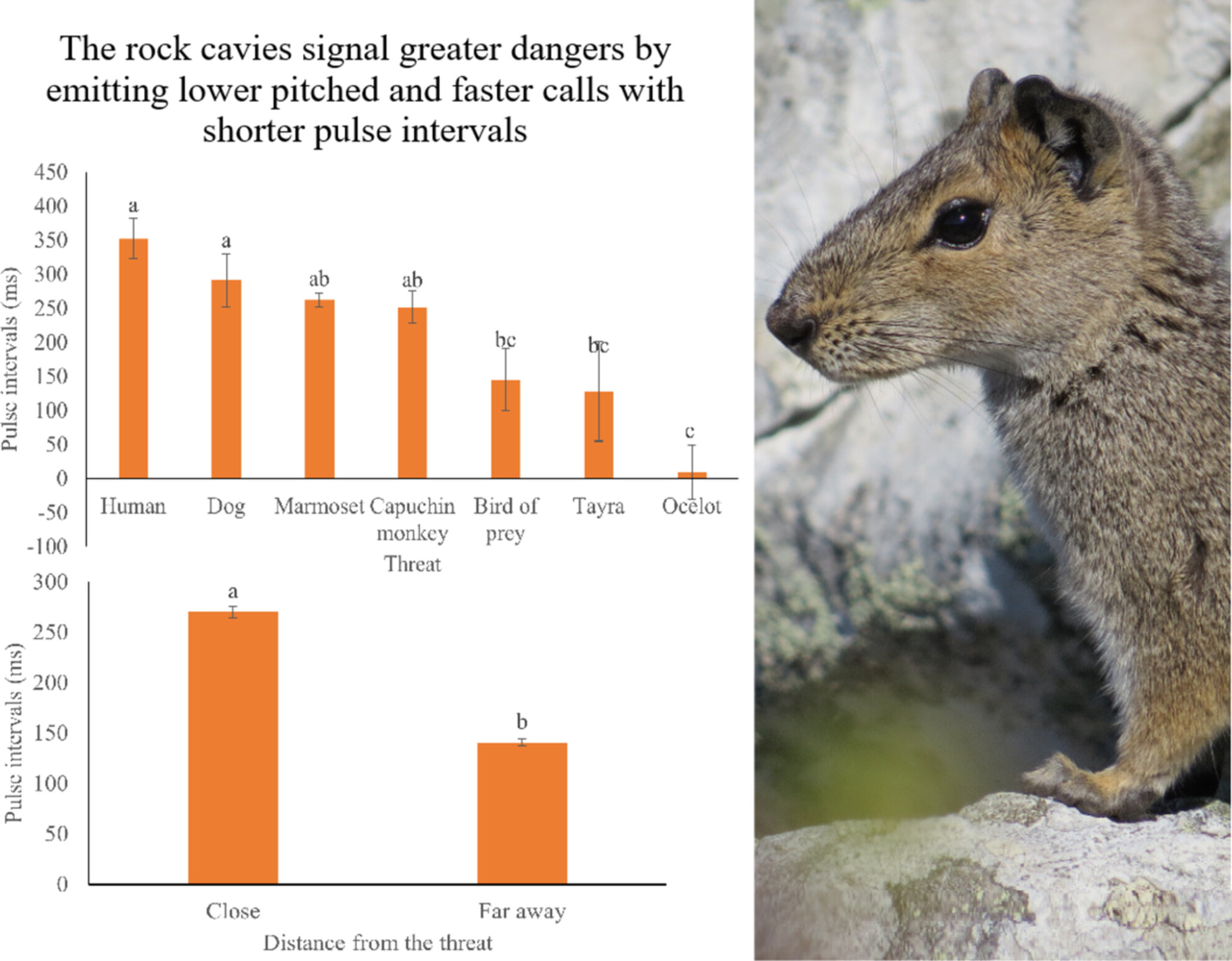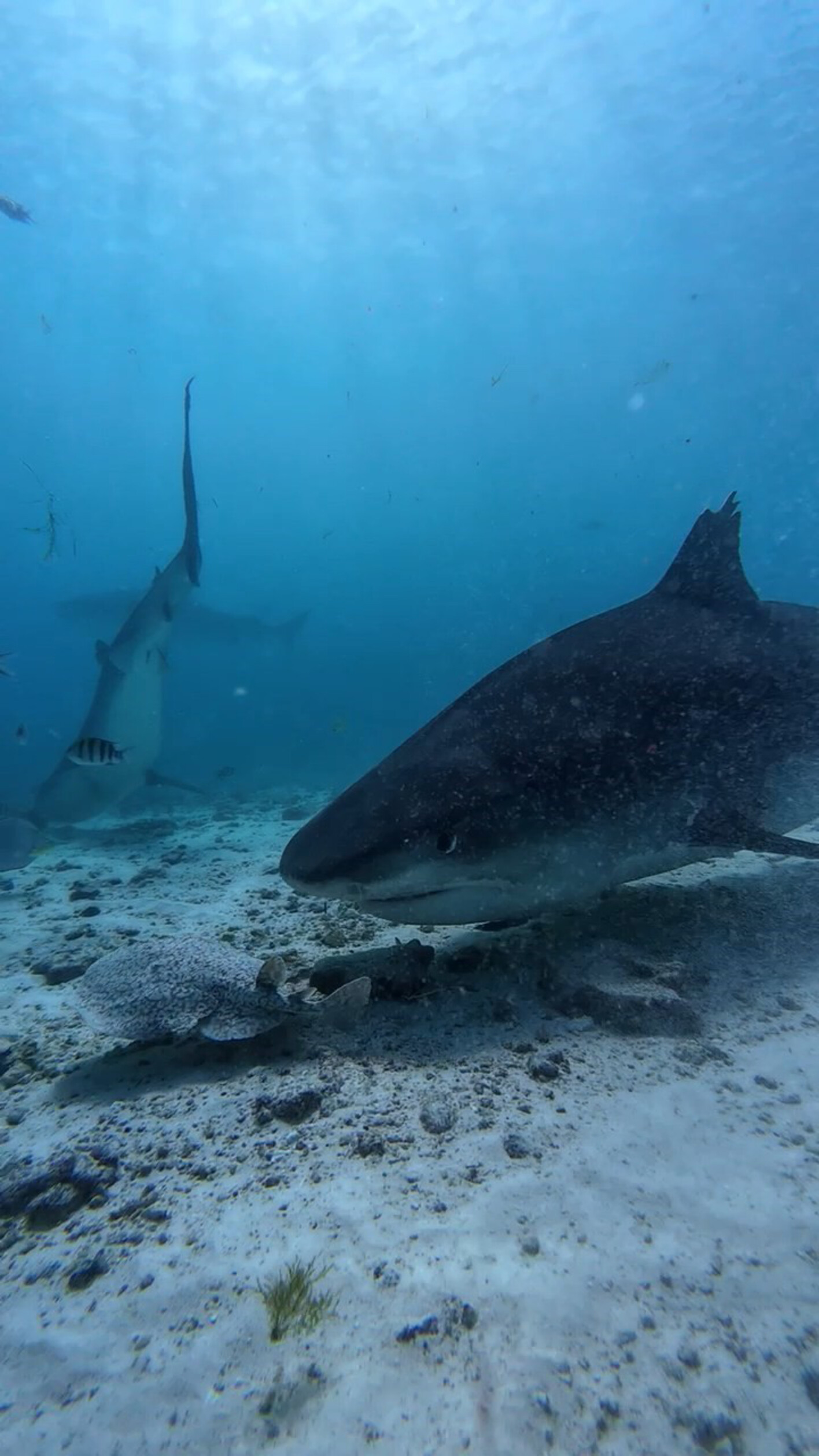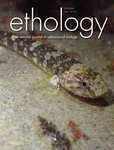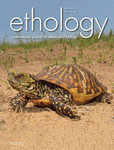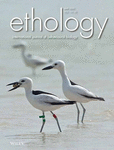Editor-in-Chief: Wolfgang Goymann
For over 80 years, Ethology has been a top behavioral biology journal. We are renowned worldwide due to the international scope of our pioneering research.
We publish original insight on behavior including physiological mechanisms, function, and evolution. All species are covered — from slime moulds to humans. Experimental research is preferred, both from the field and the lab, that is grounded in a theoretical framework.
Journal Metrics
- 3CiteScore
- 1.4Journal Impact Factor
- 37%Acceptance rate
- 31 days Submission to first decision
Ethology welcomes suggestions for special issues on current topics in behavioural research.
Official Journal of the Ethological Society, one of the oldest European associations of behavioural biologists. Ethology sponsors the biannual Niko Tinbergen Prize, awarded by the Ethological Society to outstanding post-doc level researchers in the field of Behavioural Biology.
Reasons to publish in Ethology:
- One of the first behavioural biology journals in the world — founded in 1937.
- Quick handling of manuscripts — median time from submission to first decision is just 29 days.
- The first behavioural biology journal to adopt the STRANGE framework to account for sampling bias.
- Featuring Regular Articles, Perspectives & Reviews, Species-in-the-Spotlight, Behavioural Notes, Commentaries and Methods articles.
- Arguably the journal with the most appealing of all covers — an issue could feature your study animal.
- Free colour images (online and print).
Featured
On the Cover
Articles
Effects of Simulated Bear Attacks on Thatch Ant (Formica obscuripes) Defense of Honeydew-Producing Aphids
- 17 July 2025
Graphical Abstract
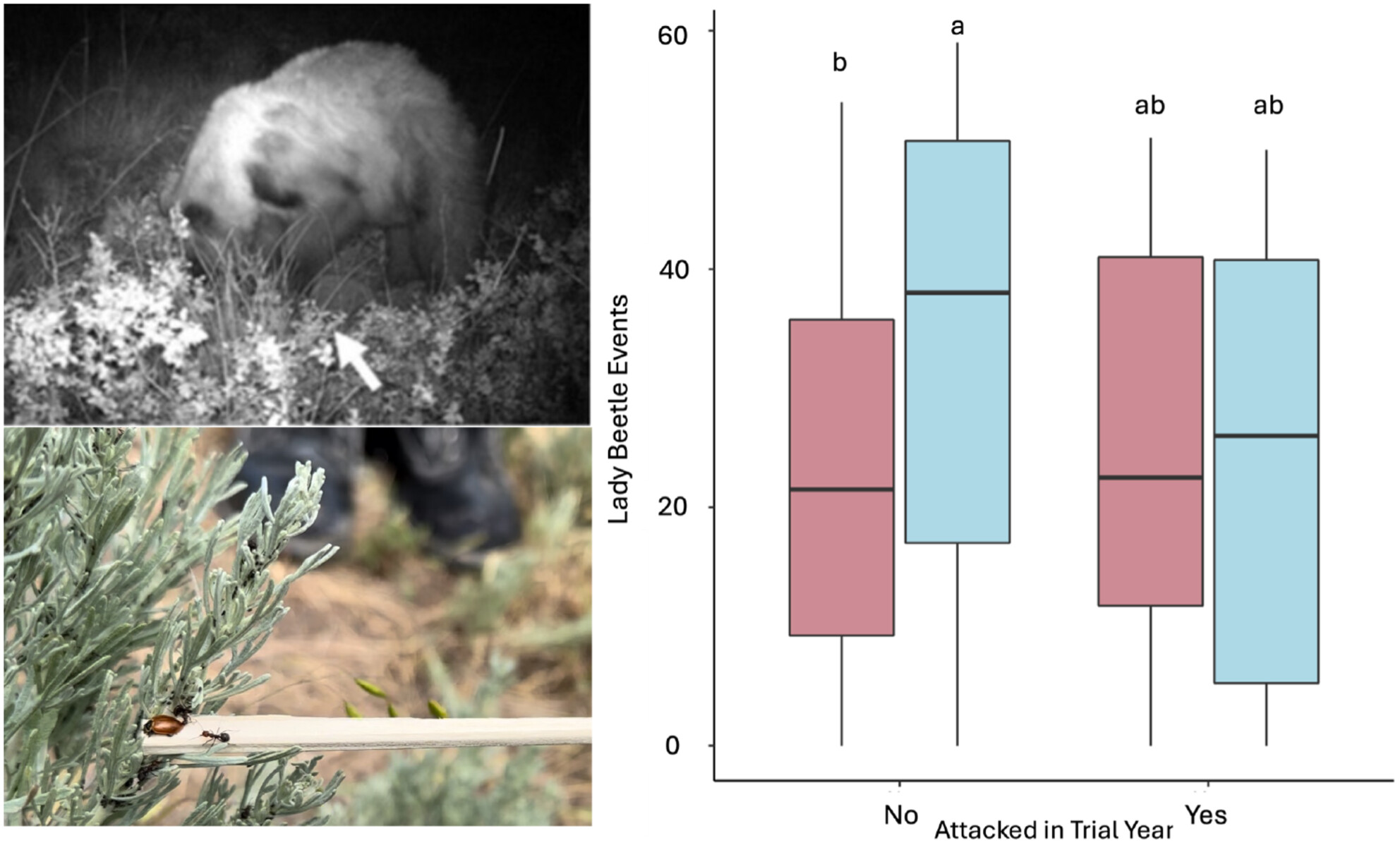
Defensive mutualism is a component of trophic cascades, and stressors that affect cooperative and aggressive behaviors can influence defensive services. We exposed stressed and non-stressed aphid-tending thatch ants to an aphid predator stimulus (e.g., lady beetle) approximately 5 and 13 weeks after the simulated bear attack. Our results suggest that predation stress may cause changes in ant aggressive defense behavior later in the growing season, and these effects may be complicated by yearly differences in abiotic and biotic factors.
The Free-Range Rock Cavy (Kerodon rupestris) Communicates the Urgency of a Threat Using Different Alarm Calls
- 17 July 2025
The Biases in Captive Chimpanzee Cognitive Research: First Insights From the Ape Research Index (ARI) Database
- 13 July 2025
Graphical Abstract
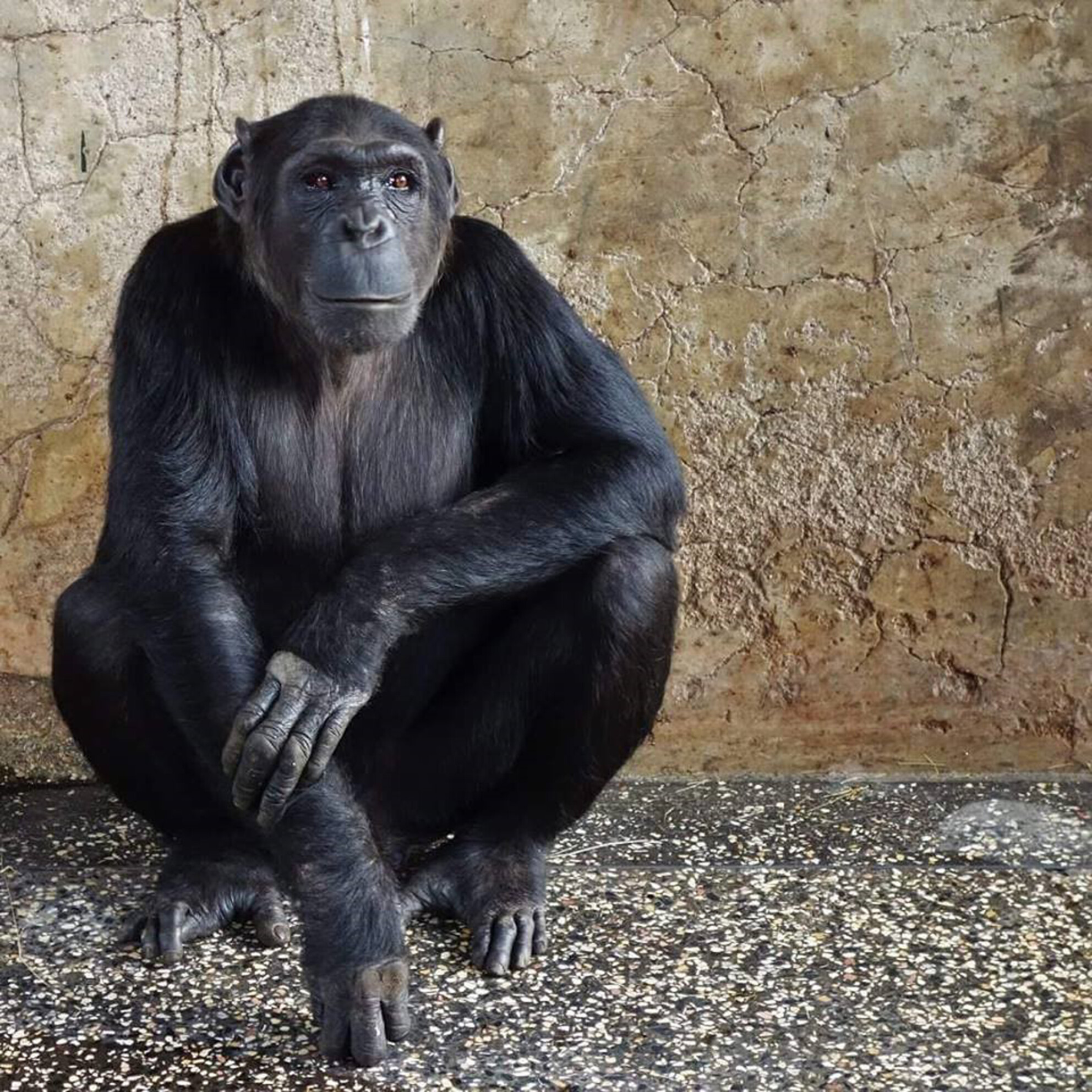
Photo of a female chimpanzee (Ikuru) at Ngamba Island Chimpanzee Sanctuary, Uganda (photo by Sofia Forss). The Ape Research Index (ARI) project aims to measure the diversity of cognitive research efforts carried out on captive chimpanzees worldwide. In this article we demonstrate that a facility bias exists in where research has been conducted on captive chimpanzees. Both between and within facilities, we identified important variation in the level and type of research exposure of individual chimpanzees.
Male–Male Competition Affects Color Phenotype Expression and Color‐Dependent Oxidative Stress Levels in a Polymorphic Cichlid Fish
- 12 July 2025
Graphical Abstract
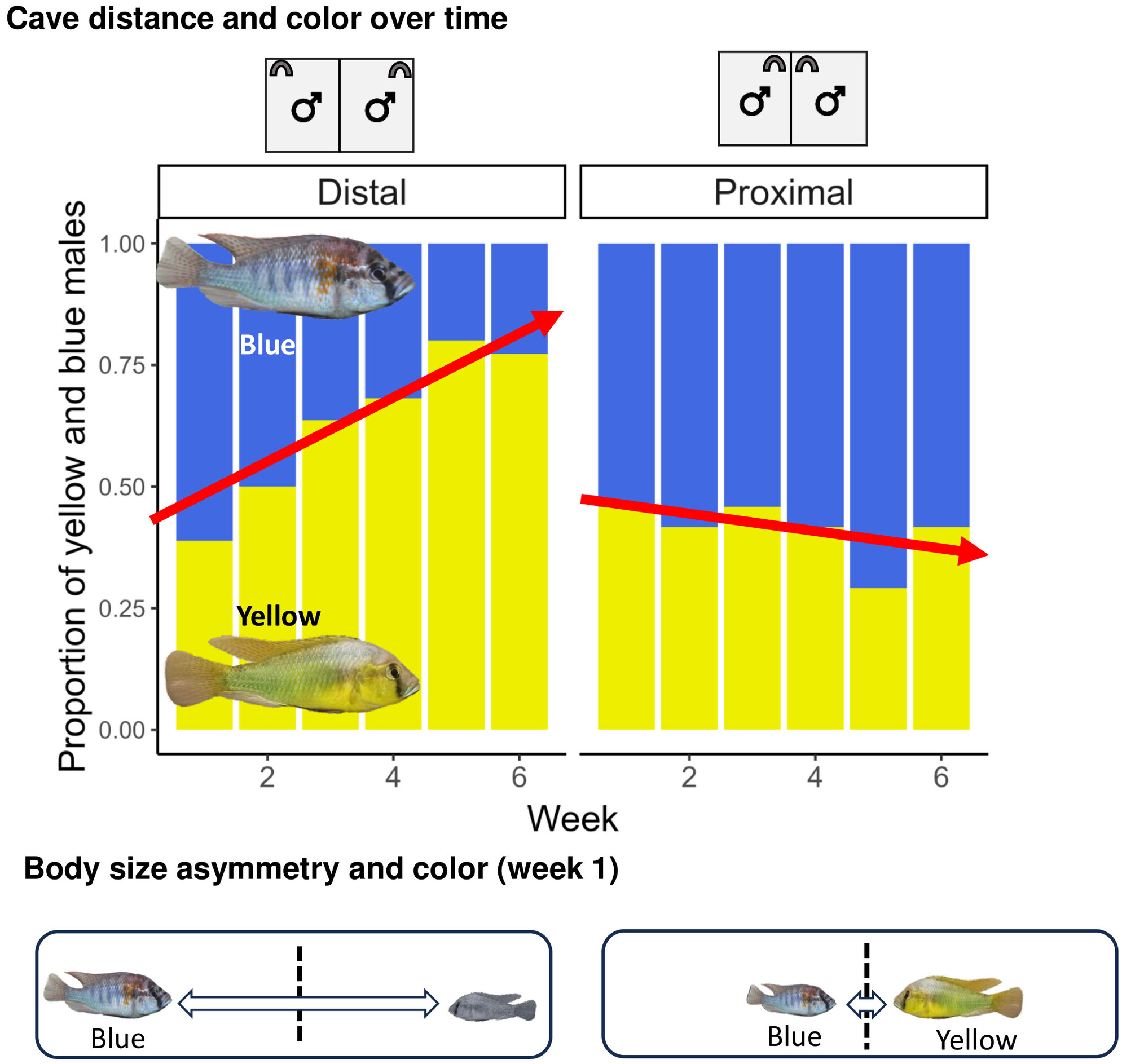
The intensity of competition and size asymmetry between males influences color expression in the cichlid Astatotilapia burtoni. When space between territories was large, more males adopted the yellow phenotype relative to the blue phenotype over time. Body size differences between males influenced color expression but this effect dependent on territory distance treatment.
Electric Rays Defend Themselves From Large Sharks Using Electric Discharge
- 25 June 2025
Graphical Abstract
The following is a list of the most cited articles based on citations published in the last three years, according to CrossRef.
Baby Schema in Infant Faces Induces Cuteness Perception and Motivation for Caretaking in Adults
- 257-263
- 29 January 2009
The Scent of Genetic Compatibility: Sexual Selection and the Major Histocompatibility Complex
- 1-21
- 22 January 2002
Recent issues
- Volume 131, Issue 7July 2025
- Volume 131, Issue 6June 2025
- Volume 131, Issue 5May 2025





